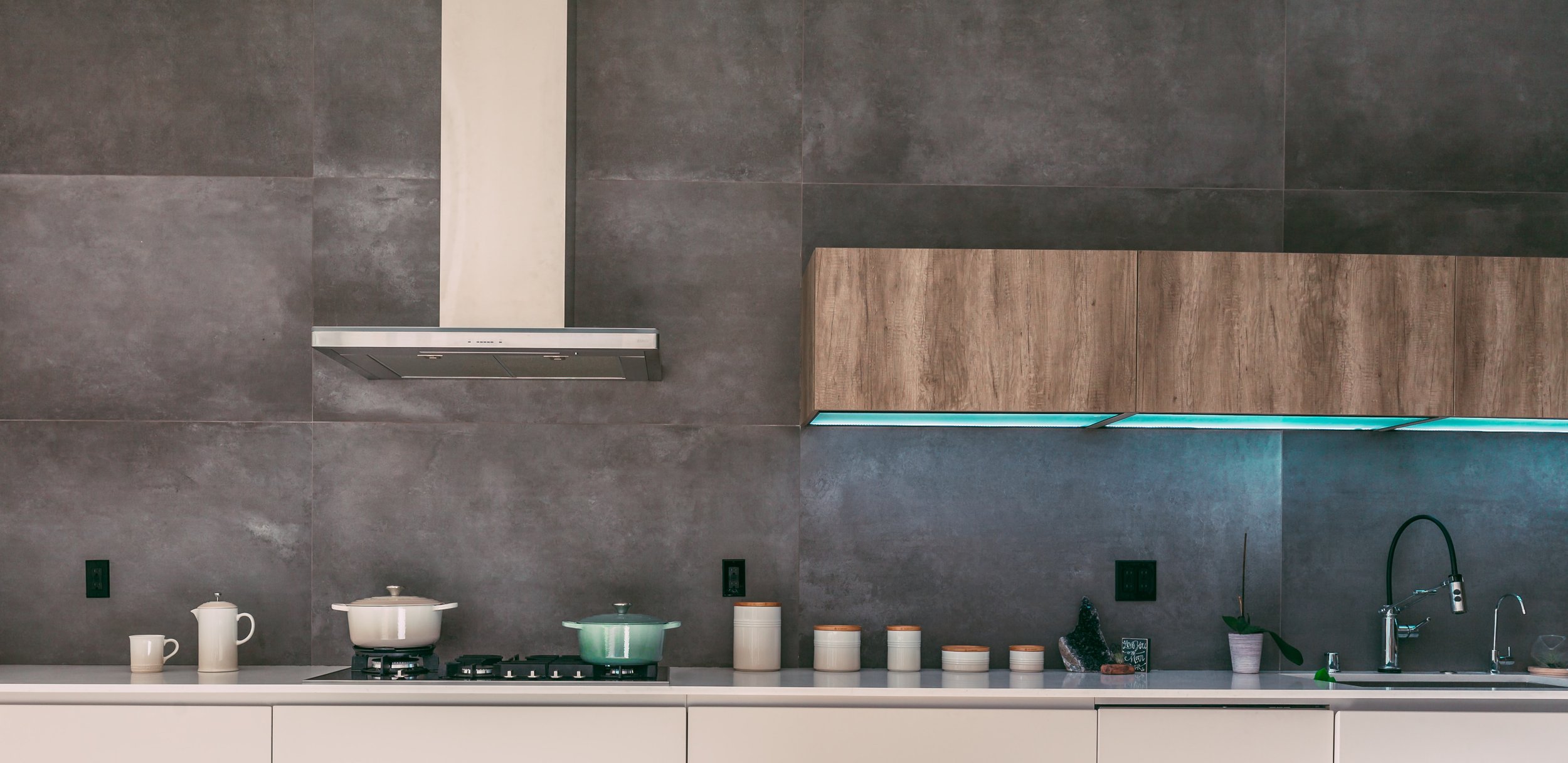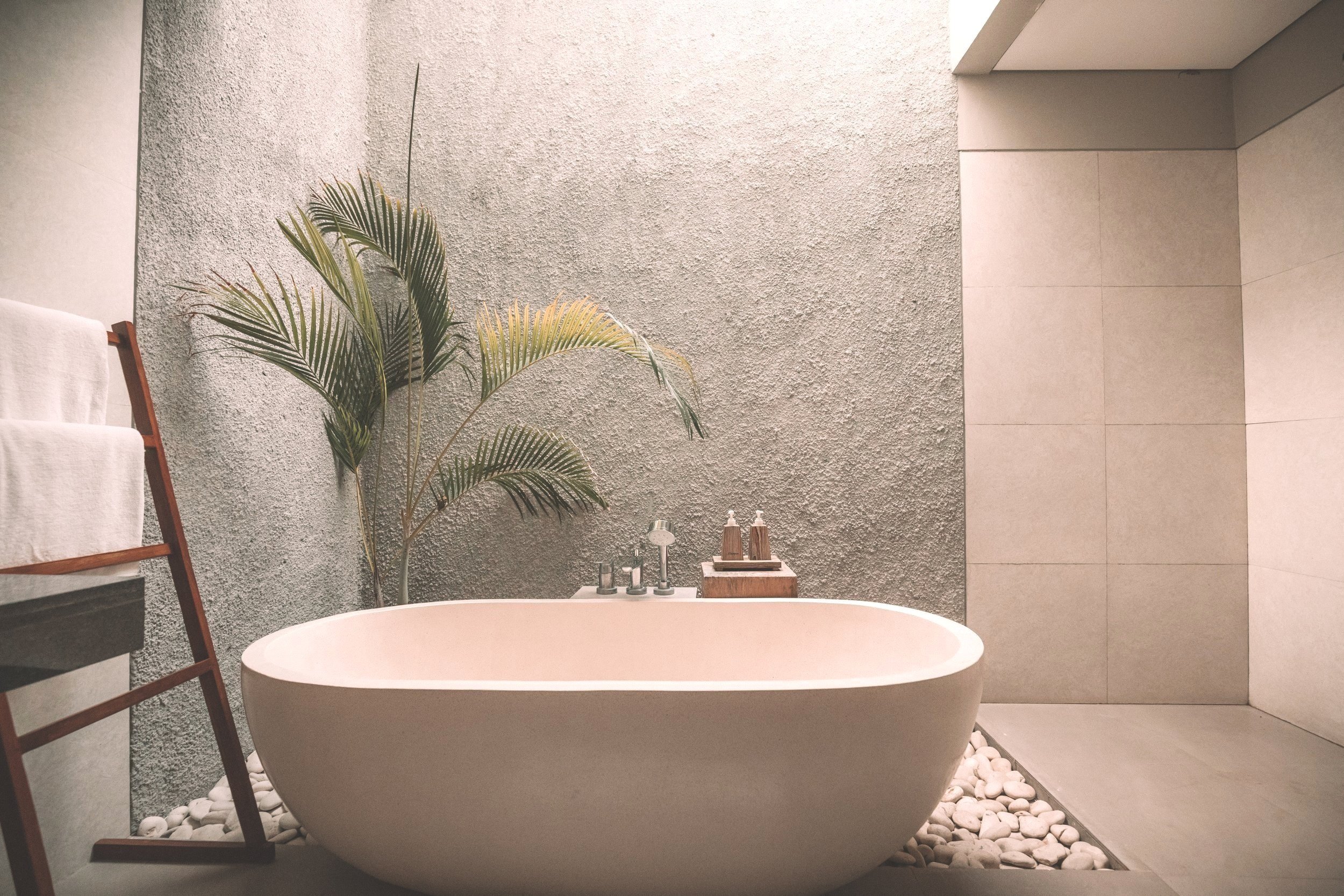Wabi-Sabi Interior Design: The Ultimate Guide
Wabi-Sabi, the Japanese concept of finding beauty in imperfection and simplicity, has been gaining popularity in the world of interior design. This minimalist design philosophy celebrates the beauty of natural materials and the imperfections that come with them.
If you're looking to create a peaceful, calming space in your home, then Wabi-Sabi interior design might be just what you're looking for. In this comprehensive guide, we'll take you through everything you need to know about Wabi-Sabi interior design, from its origins to the key elements of this design style.
In this guide, we will cover the following topics:
What is Wabi-Sabi Interior Design
Wabi-Sabi is a traditional Japanese aesthetic that dates back to the 15th century. It is a design philosophy that values simplicity, imperfection, and natural materials. It’s a way of seeing beauty in things that are imperfect, impermanent, and incomplete. The word Wabi-Sabi comes from two Japanese words: “Wabi” which means simplicity and “Sabi” which means the beauty of natural patina and aging.
Wabi-Sabi is not just a design style, but a way of life that emphasises the appreciation of the present moment and finding joy in the imperfections of life. In Wabi-Sabi design, less is often more, and the focus is on creating a space that feels organic, natural and promotes mindfulness and your well-being.
Characteristics of Wabi-Sabi Interior Design
There are several key characteristics of Wabi-Sabi interior design that set it apart from other design styles. These include:
Minimalist design: Wabi-Sabi design is all about simplicity, so you won't see a lot of clutter or unnecessary decoration in these spaces. Keep only the essentials and let the natural beauty of your home shine through.
Imperfection: Imperfection is celebrated in Wabi-Sabi design, so you'll often see things like handmade pottery or furniture with visible cracks and blemishes.
Natural materials: Wabi-Sabi interiors often feature natural materials like wood, stone and clay. These materials are celebrated for their imperfections and the way they age over time.
Muted colours: The colour palette of Wabi-Sabi design is typically muted and subdued, with a focus on earthy tones like beige, brown, and grey.
Textures: Incorporate different textures such as rough fabrics, smooth stones, and natural wood to create depth and interest in your space.
Organic shapes: Wabi-Sabi design embraces organic, natural shapes, so you'll see a lot of curves and irregular shapes in these spaces.
Connection to nature: Incorporate natural elements such as plants, stones, and shells into your home. These elements add a sense of calm and tranquillity to a space.
Materials and Colours Used in Wabi-Sabi Interior Design
When it comes to materials and colours in Wabi-Sabi design, the focus is on natural, organic materials and subdued, earthy tones. Some common materials used in Wabi-Sabi design include:
Wood: Whether it's a rough-hewn coffee table or a set of hand-carved chairs, wood is a key material in Wabi-Sabi design.
Stone: Natural stone is often used in Wabi-Sabi interiors, whether it's a fireplace surround, a feature wall or a set of stone coasters.
Clay: Handmade pottery or clay sculptures can add a touch of earthiness to a Wabi-Sabi interior.
Linen: This natural fibre is a great choice for bedding, curtains or upholstery in a Wabi-Sabi space.
Earthy colours: When it comes to colours, muted, earthy tones are the name of the game. Stick to shades of beige, brown, grey, and green, with occasional pops of rust or deep blue.
Furniture and Lighting in Wabi-Sabi Interior Design
In Wabi-Sabi interior design, furniture and lighting play an essential role in creating a harmonious, natural space. Here are some key elements to keep in mind:
Natural materials: Just as in other areas of Wabi-Sabi design, the use of natural, organic materials is crucial when it comes to furniture. Look for pieces made from wood, bamboo, rattan, or wicker. Avoid artificial materials like plastic or synthetic fibres.
Simple and minimalistic: Wabi-Sabi design is all about simplicity and minimalism, and this extends to furniture as well. Choose pieces with clean lines and avoid ornate, over-the-top designs.
Repurposed or vintage: Incorporating repurposed or vintage furniture is a great way to add character and history to your Wabi-Sabi space. Look for unique pieces with an interesting backstory, like a rustic farm table or a mid-century modern armchair.
Soft lighting: Soft, diffused lighting is essential in creating a calming, serene atmosphere in a Wabi-Sabi space. Avoid harsh overhead lighting and opt for soft, warm light sources like table lamps, paper lanterns, or candles.
How to Incorporate Wabi-Sabi Interior Design into Your Home
Once you have established the basics of Wabi-Sabi interior design, it's time to incorporate it into your home. Here are a few tips for getting started:
Simplify your space: Wabi-Sabi design is all about simplicity. Eliminate clutter and unnecessary items, and focus on creating a serene and calming environment. Choose functional and practical pieces that serve a purpose, and avoid anything that feels too showy or flashy.
Embrace imperfections: Look for pieces with unique imperfections, cracks, and textures. Display vintage or antique items with visible signs of wear and tear, or choose a rug with a slightly uneven weave. These imperfections add character and depth to a space.
Use natural materials: Use natural materials such as wood, stone, and linen to add warmth and texture to your home. Opt for natural fibres such as cotton and wool for soft furnishings.
Choose a neutral colour palette: When it comes to colour, Wabi-Sabi design is all about neutral tones. Opt for earthy colours like beige, brown, and grey, and use them to create a calming and soothing environment.
Bring in natural light: Natural light is an important part of Wabi-Sabi design. Keep your windows unadorned to let in as much light as possible and consider using sheer curtains to filter the light.
Add greenery: Plants and flowers are a great way to bring nature into your space and add colour and texture to your design. Choose plants with an organic shape and texture, like ferns or succulents, and display them in natural-looking pots or baskets.
Incorporate handmade or artisanal pieces: Handmade or artisanal pieces add a unique and personal touch to a Wabi-Sabi interior. Look for pottery, textiles, or artwork made by local artists or craftspeople.
Wabi-Sabi Inspired Design Ideas for Various Rooms at Home
If you're looking for some inspiration on how to incorporate Wabi-Sabi design into your home, here are some ideas for various rooms:
Living Room: In the living room, focus on simplicity and natural materials by incorporating natural elements like wood and stone. Use earthy tones and neutral colours and add texture through a natural woven rug or a linen throw pillow. Choose furniture pieces that are simple, yet functional. A wooden coffee table or a rattan armchair can add that perfect touch of Wabi-Sabi charm.
Kitchen: Keep the kitchen clean and functional by using only essential items. Use natural materials like wood or stone for countertops and shelving. Embrace the imperfections of natural materials by using wooden cutting boards, ceramic dishes, and stoneware bowls. Add some warmth to your kitchen with a few natural fibre rugs or a textured wall hanging.
Bedroom: Keep your bedroom simple and serene by using a low bed frame, natural bedding, and simple decor. Use light, sheer curtains to let natural light in and add a few accent pieces like a textured throw pillow or a woven wall hanging to add interest.
Bathroom: Create a spa-like atmosphere in your bathroom by using a neutral colour palette and natural materials like stone or wood. Incorporate greenery like a small potted plant or fresh flowers to bring nature indoors. Keep surfaces clutter-free and use minimalistic bathroom accessories like a simple soap dispenser or toothbrush holder.
Worried about overpaying for your home renovation?
Let AI be your superhero!
IDIT® Savings - AI Renovation Cost Saver
With this FREE innovative AI tool, you can scan renovation quotes with ease and identify cost-saving measures that won't compromise on quality.
You can now enjoy a successful renovation with additional savings from the savings report.
Conclusion
Incorporating Wabi-Sabi interior design into your home can be a transformative experience. This design style encourages you to embrace imperfection, simplicity, and appreciate the beauty of natural materials. By using organic materials, muted colours, and minimal decor, you can create a home that is both calming and peaceful, promoting a sense of wellbeing and harmony.
Remember that Wabi-Sabi is not just a design style, but a way of life. It's about finding joy in the everyday and celebrating the beauty in the things around us. So, when designing your Wabi-Sabi space, take the time to slow down, appreciate the small things, and create a home that reflects your values and your unique perspective. At the end of the day, your efforts will be rewarded with a sanctuary that not only looks beautiful but nourishes your mind, body, and soul.
Frequently Asked Questions
-
Here are some benefits of incorporating Wabi-Sabi design into your home:
Encourages mindfulness and presence: Wabi-Sabi design promotes mindfulness and encourages you to be present in the moment. By focusing on the beauty of imperfection and appreciating the simplicity of things, you can cultivate a sense of gratitude and contentment in your daily life.
Brings nature indoors: Wabi-Sabi design incorporates elements of nature, such as wood, stone, and plants, into your home. By bringing nature indoors, you can create a connection with the natural world and enjoy the benefits of Biophilic design.
Supports sustainability: Wabi-Sabi design encourages the use of natural, sustainable materials and promotes a minimalist approach to design. By embracing this philosophy, you can create a home that is not only beautiful but also eco-friendly and sustainable.
Enhances creativity: Wabi-Sabi design celebrates individuality and uniqueness, which can inspire creativity and self-expression in your home decor.
-
Wabi-Sabi interior design is not only for minimalists, but it does share some similarities with Minimalism. Minimalism is a design style that focuses on simplicity and reducing clutter. It often features clean lines, neutral colours, creating a streamlined space. Wabi-Sabi, on the other hand, embraces imperfection and the natural world. It often incorporates more textures, organic materials and shapes to create a warm and rustic atmosphere.
-
Wabi-Sabi and Japandi are two interior design styles that are inspired by Japanese aesthetics that have gained popularity in recent years. While they share some similarities, there are some key differences between them.
Wabi-Sabi is a Japanese design philosophy that embraces imperfection, simplicity, and natural elements. It is a celebration of the beauty in things that are imperfect, unfinished, or aged. In Wabi-Sabi design, there is an emphasis on using natural materials, such as wood, stone, and clay, and creating a sense of harmony and tranquillity in a space.
On the other hand, Japandi is a hybrid of Japanese and Scandinavian design styles. It combines the simplicity and minimalism of Scandinavian design with the natural elements and sense of calm found in Japanese design. Japandi interiors often feature a neutral colour palette, clean lines, and a focus on functional and comfortable furniture.
While both Wabi-Sabi and Japandi share an appreciation for simplicity, natural elements, and a sense of calm, the main difference is that Japandi has a more modern and minimalistic aesthetic, whereas Wabi-Sabi embraces imperfections and celebrates the beauty of age and wear.
-
Yes, Wabi-Sabi can be incorporated into a Modern or Contemporary interior design. In fact, the combination of Wabi-Sabi with Modern or Contemporary design elements can create a unique and interesting aesthetic.
For example, a Modern living room with clean lines and sleek furniture can be softened and made more inviting by incorporating Wabi-Sabi elements such as natural materials, soft lighting, and organic shapes. Similarly, a Contemporary kitchen with minimalist features can be enhanced with the use of imperfect or handmade ceramics and natural materials such as wood or stone.
By incorporating Wabi-Sabi into a Modern or Contemporary interior design, you can create a space that is both visually striking and calming, with a focus on simplicity and the beauty of imperfection.
-
No, Wabi-Sabi interior design does not have to be expensive to achieve. In fact, one of the key principles of Wabi-Sabi is simplicity, so it involves the use of natural materials, which can often be found at affordable prices. There are several other cost-effective ways to incorporate Wabi-Sabi into your home, such as using second-hand furniture, repurposing old items, and DIY projects.
Additionally, the “AI Renovation Cost Saver - IDIT® Savings” tool can help you save money by suggesting alternative cost-saving solutions on your home renovation. With this tool, you can make informed decisions about your renovation and design choices while staying within your budget.







